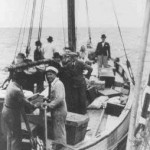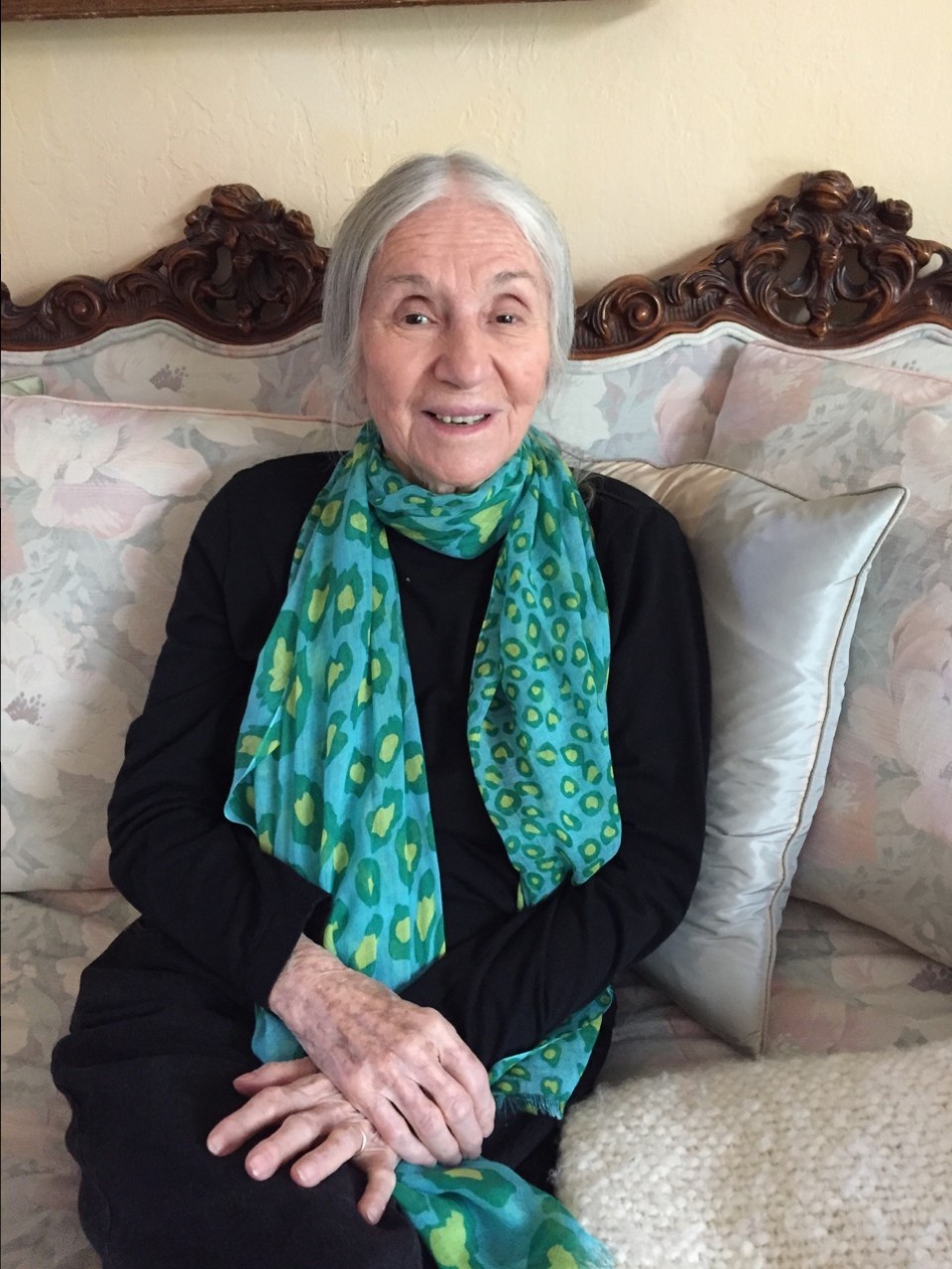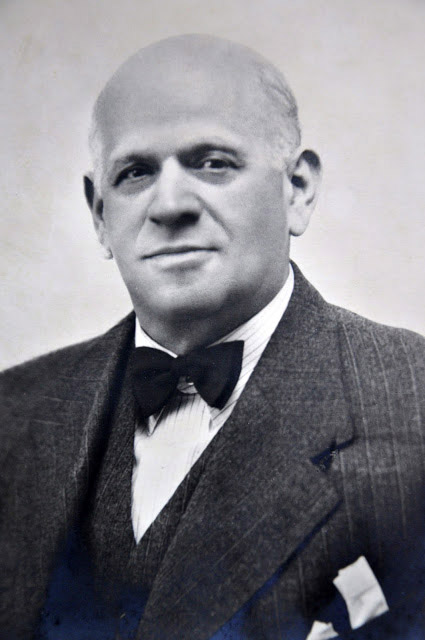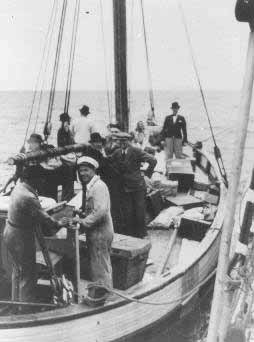Sweden remained a neutral country during World War II but preserved its close cultural and economic ties to Berlin. In the early 1930s, about 3000 Jews fled Europe to Sweden because of its neutrality. However in the late 1930s after the outbreak of the war Sweden passed critical restrictions on immigration, as did many other countries at the time, which severely limited the number of Jews who could find asylum in Sweden.
Swedish policy changed again in 1942, as news of Jewish persecution spread. Swedish diplomats engaged in intensive negotiations with German authorities to save Scandinavian Jews from deportation and thanks to Germany’s strong interest in good relations with Sweden, these appeals were successful.
The first major move to accept Jewish refugees occurred when Norwegian Jews faced deportation in November 1942. The outcry among the Swedish public pushed the government to take action, providing refuge for nearly half of Norway’s Jews who managed to escape across the Norwegian-Swedish border. In October 1943, the Jews of occupied Denmark faced the same fate as their Norwegian neighbors. Famed scientist Niels Bohr pleaded with Sweden to take in the Danish Jews. Sweden agreed, and more than 7,000 Danish Jews found refuge on its shores for the remainder of the war.
Additionally, the Swedish diplomat Raoul Wallenberg, working under the auspices of the United States War Refugee Board, saved tens of thousands of Hungarian Jews through the Swedish embassy in Budapest. There he issued “protective passes” which rescued their holders from deportation by suggesting an official relation to the Swedish embassy.
Also, the Swedish Red Cross led a program known as the White Buses which rescued nearly 15,000 concentration camp inmates, half of them Scandinavian, during the last weeks of the war and into liberation.
Since World War II, Sweden has continued to be a place of refuge for Jews escaping persecution, especially for those from Eastern Europe. Today the robust Jewish community is numbered at about 20,000, the largest Jewish community in Scandinavia.

It continued like this the whole next day. We had been at sea for 2 days. Only now I saw our fellow travellers, the German Jews again. The oldest was 24 years and had studied law in Germany. The other had studied at the music conservatory to become a pianist. This was the 2nd time in their young lives they had to flee and I was very concerned for them.
Personal Stories of Rescue
The Escape to Sweden
My Grandmother – her long name was actually Ruth Naomi Vivian Marling Margolis Balle Hansen – managed to write her memoirs in her early 80s just before she passed away in 2002, being 83 years old. I have tried to translate the short segment where she describes her escape to Sweden in October 1943. She came from a Jewish family in Copenhagen, but lived away from her parents in the town of Aalborg in northern Jutland, Denmark. There she raised her 2 children, my mother Vivian and my uncle Tommy.

God Bless Sweden and Denmark
Seventy years ago, my parents were liberated from Nazi slave labor camps. This is a sad anniversary for me. Although my mother and father survived the war, they both lost their parents, most of their relatives, and every single possession. Both were left with deep emotional scars.

The Extraordinary Relief Efforts of Julius Huttner
The efforts to rescue the war stricken European Jewish population during and following WWII were very complex due to the massive relocation efforts that were necessary to prevent further disaster.
Read “The Extraordinary Relief Efforts of Julius Huttner” here.
